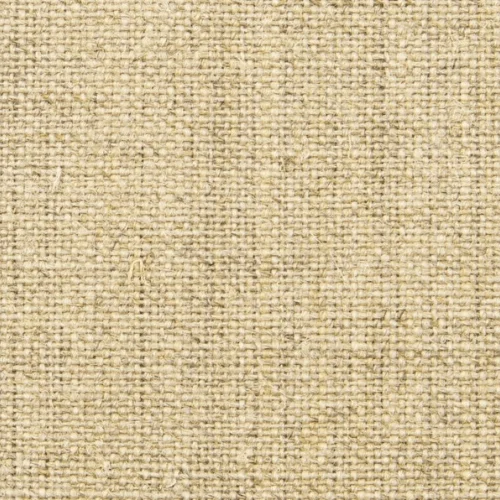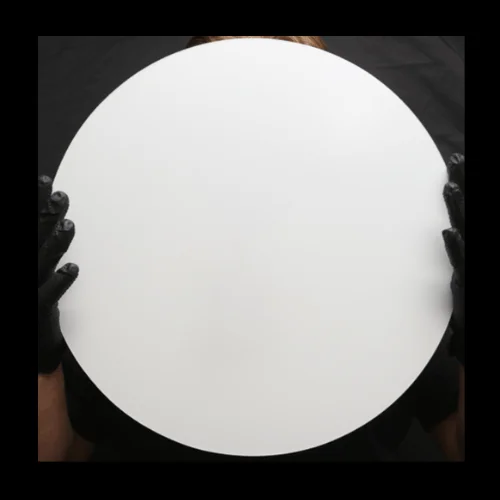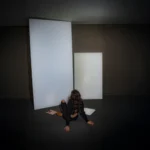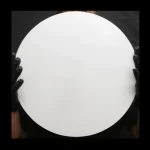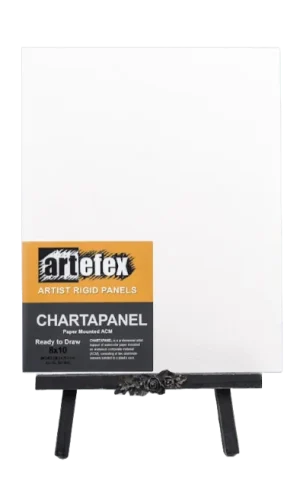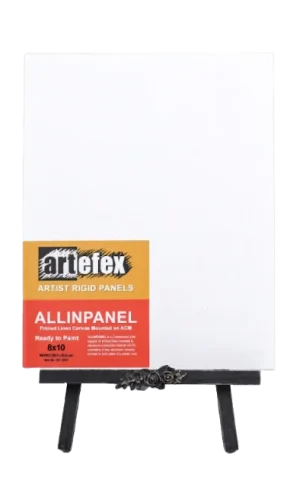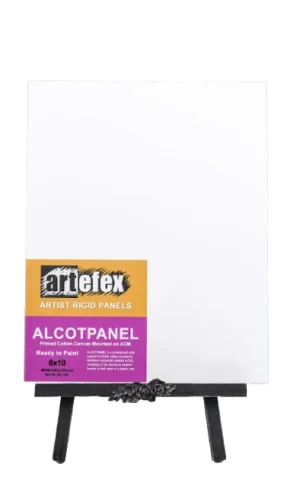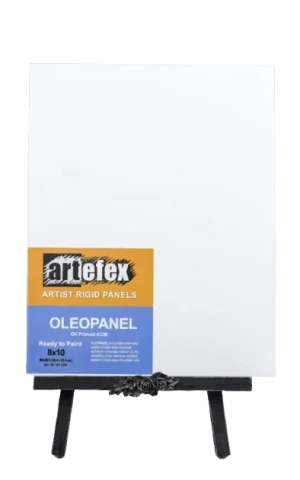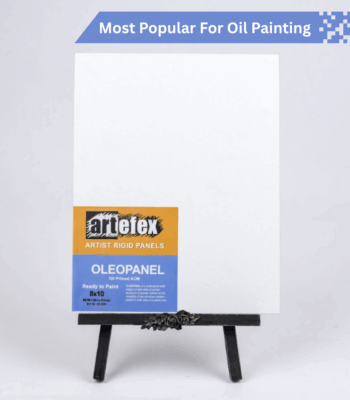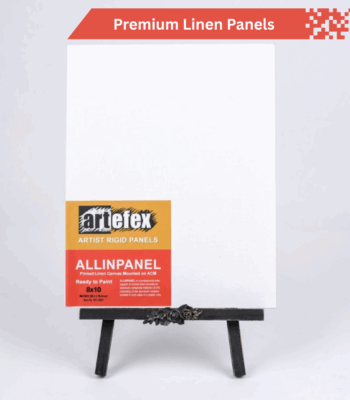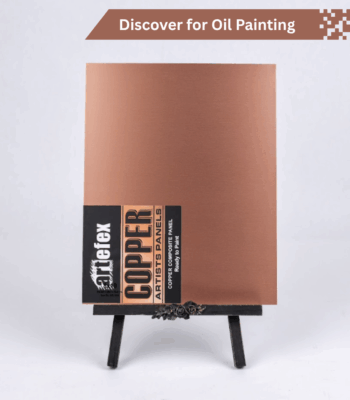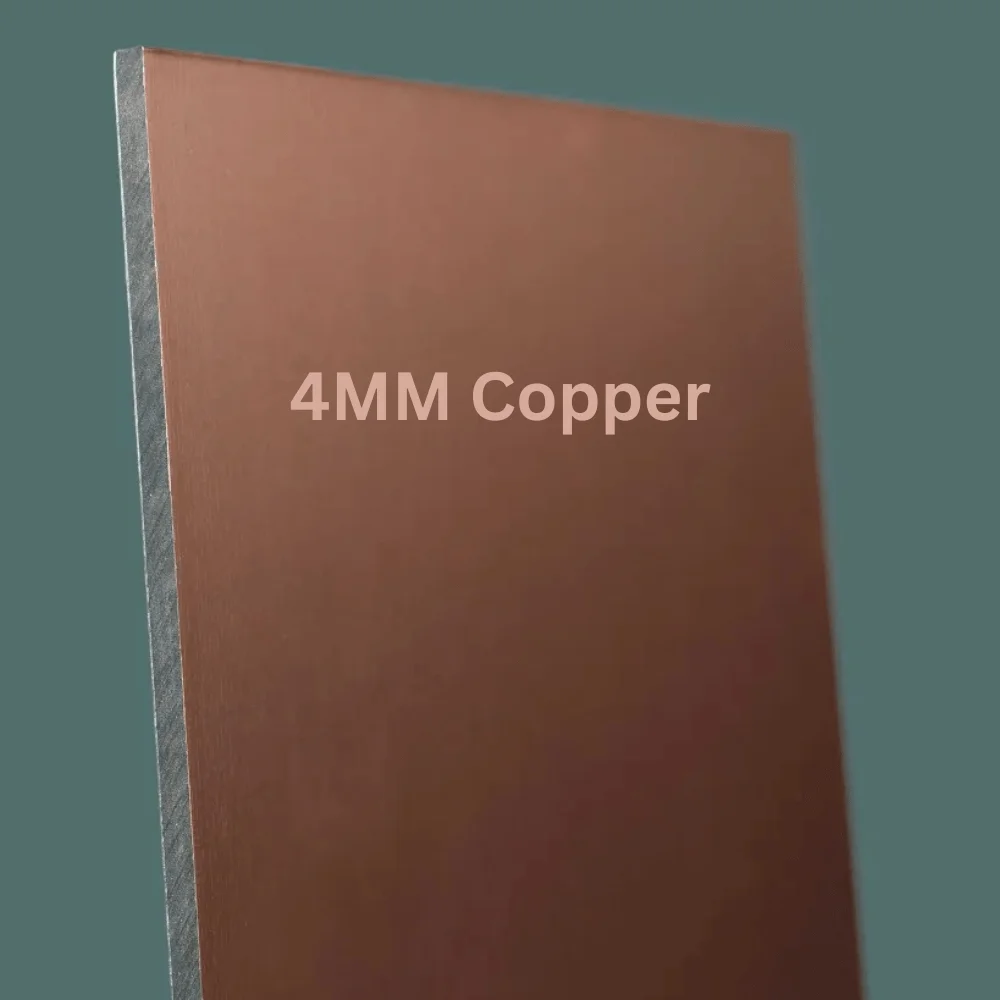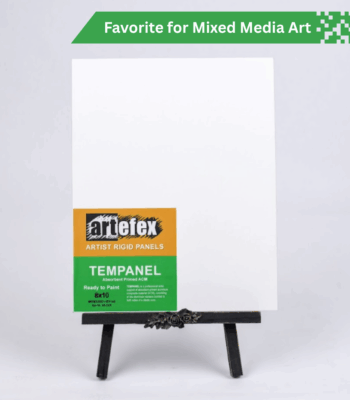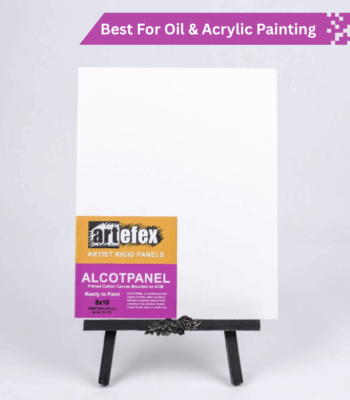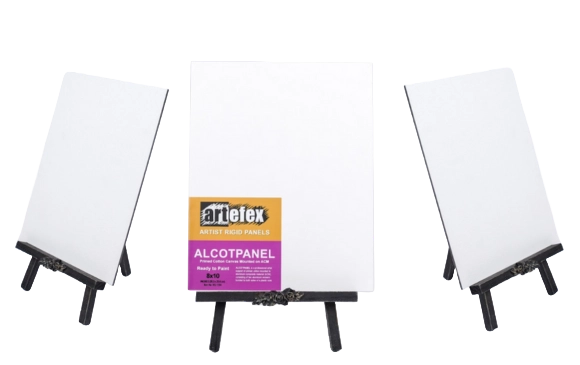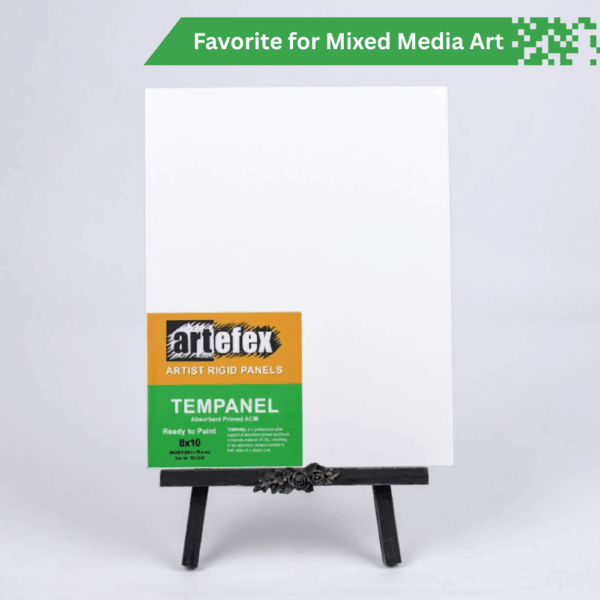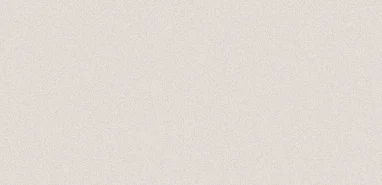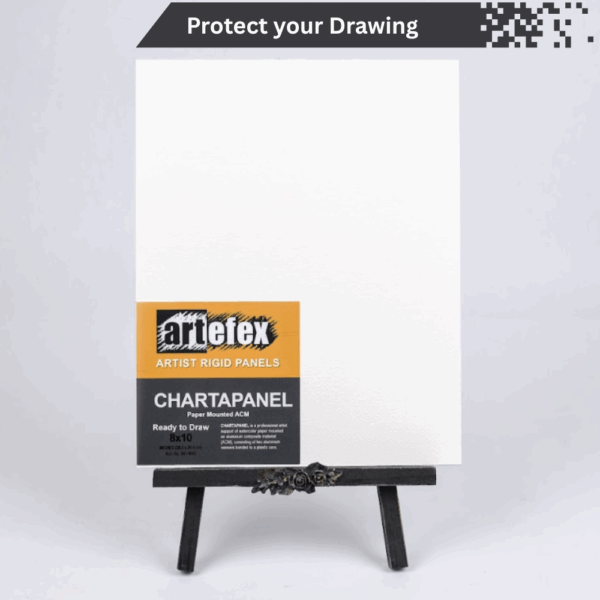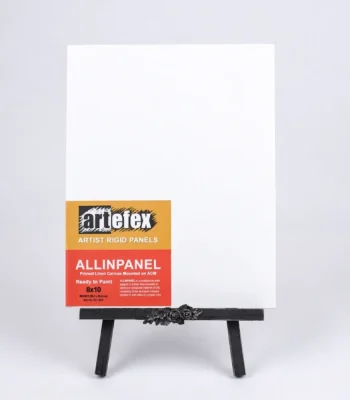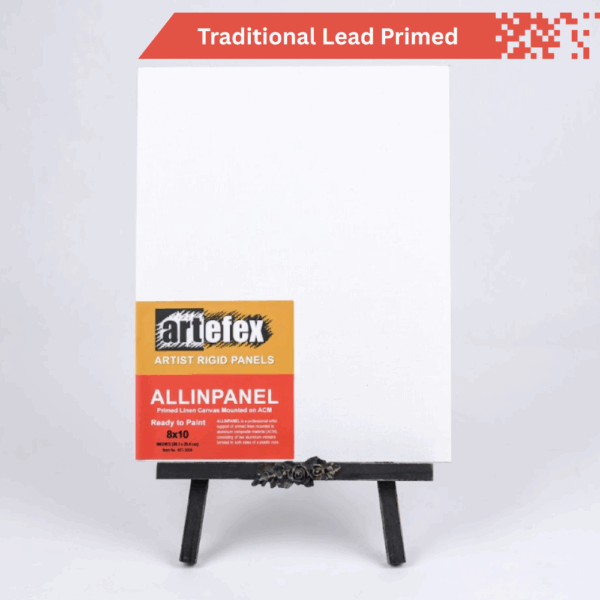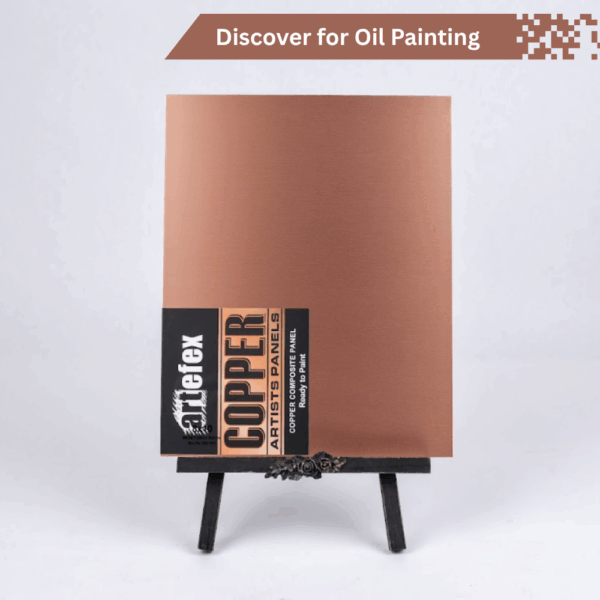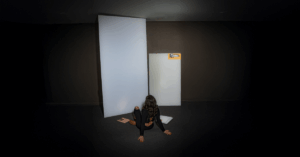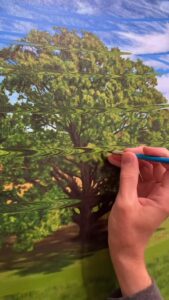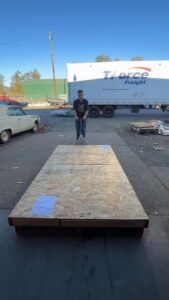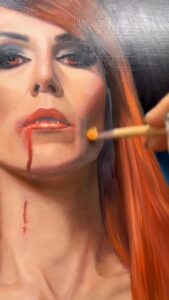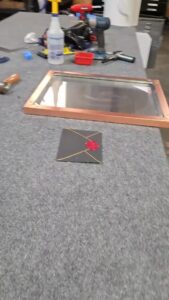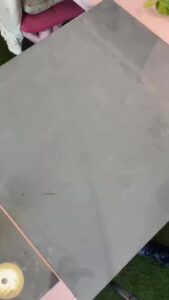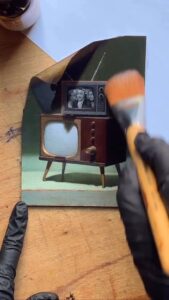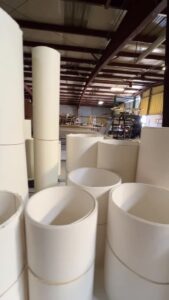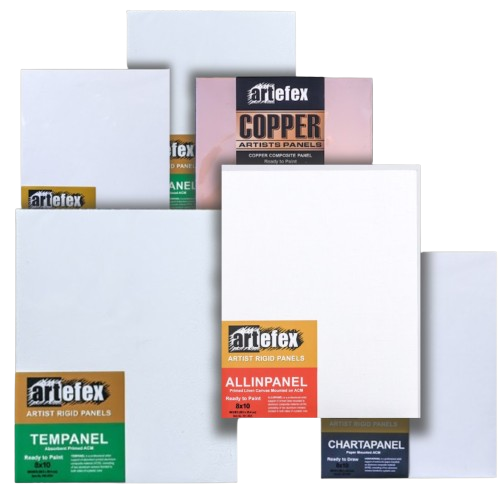Top searches:
Popular Panels
-
 Chartapanel Drawing Boards
Rated 5 out of 5$7.00 – $220.00Price range: $7.00 through $220.00
Chartapanel Drawing Boards
Rated 5 out of 5$7.00 – $220.00Price range: $7.00 through $220.00 -
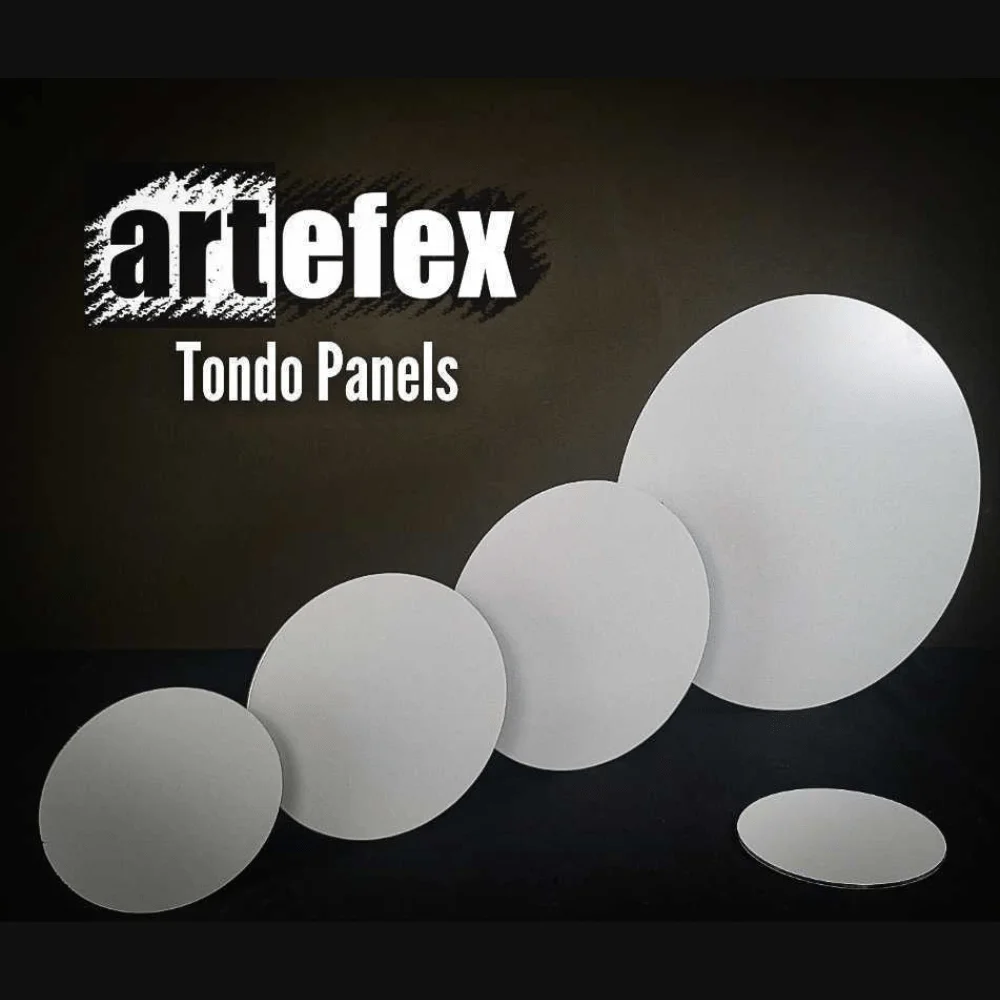 Circular Panels / Rounded Panels
Rated 5 out of 5$8.00 – $103.00Price range: $8.00 through $103.00
Circular Panels / Rounded Panels
Rated 5 out of 5$8.00 – $103.00Price range: $8.00 through $103.00 -
 Artefex Oil-Primed Art Panel - Oleopanel (Lead Oil)
Rated 5 out of 5$8.00 – $226.00Price range: $8.00 through $226.00
Artefex Oil-Primed Art Panel - Oleopanel (Lead Oil)
Rated 5 out of 5$8.00 – $226.00Price range: $8.00 through $226.00
Artists favorate Panels
-
 Arthur Gain Art Panels
Arthur Gain Art Panels
$180.00Original price was: $180.00.$120.00Current price is: $120.00. -
 Christopher Remmers Workshop Panels
$150.00 – $275.00Price range: $150.00 through $275.00
Christopher Remmers Workshop Panels
$150.00 – $275.00Price range: $150.00 through $275.00
-
 Tony Ryder Class Panels
$25.00 – $192.00Price range: $25.00 through $192.00
Tony Ryder Class Panels
$25.00 – $192.00Price range: $25.00 through $192.00
Panel of the week!
-
 532 Extra Fine - Allinpanel Lead Primed Linen | 16x20 | 3mm | Panel of the Week
532 Extra Fine - Allinpanel Lead Primed Linen | 16x20 | 3mm | Panel of the Week
$170.00Original price was: $170.00.$119.00Current price is: $119.00. -
 533 Fine – Allinpanel Lead Primed Linen | 16x16 | 3mm | Panel of The Week
533 Fine – Allinpanel Lead Primed Linen | 16x16 | 3mm | Panel of The Week
$150.00Original price was: $150.00.$105.00Current price is: $105.00. -
 411 Smooth - Artefex Oil-Primed Oleopanel | 12x16" | 3mm | Panel of the Week
411 Smooth - Artefex Oil-Primed Oleopanel | 12x16" | 3mm | Panel of the Week
$70.00Original price was: $70.00.$49.00Current price is: $49.00.


